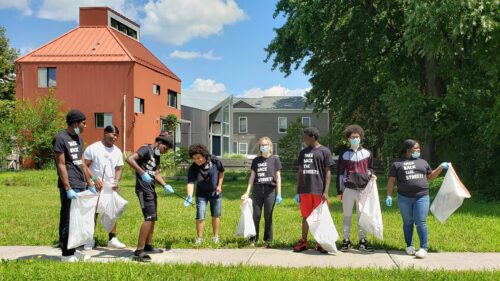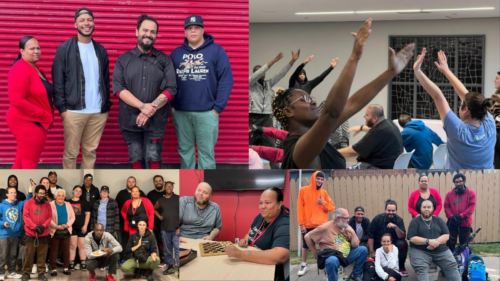Our Syracuse team provides training and technical assistance, helps identify gaps in services, and works with communities to find strengths-based solutions to issues of crime and safety.
Since 2004, our Upstate New York office in Syracuse has worked to build safer communities and a more effective and humane justice system by creating innovative programs, performing research, and providing reformers across Upstate New York with the tools they need to launch new strategies.
Planning
We assist with the planning, development, and implementation of new problem-solving courts and the enhancement of existing problem-solving courts in Upstate New York.
Launching New Programs
The office runs court- and community-based programs that engage clients and residents to build healthy communities and reduce the harms of the justice system.
Site Visits, Trainings, and Roundtables
Our Syracuse office hosts visitors to model programs, training events, and roundtable discussions around justice system innovation. Recent trainings include Trauma-Informed Lawyering, Mental Health in the Justice System, and Interdisciplinary Approaches to Elder Abuse. Staff facilitated the Onondaga County Bar Association’s community-wide lecture series on redeveloping Interstate 81, with sessions on environmental racism, eminent domain, and housing.

